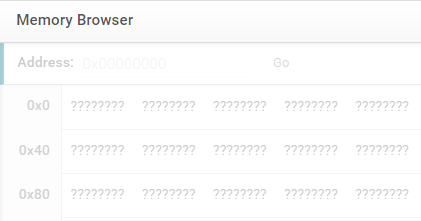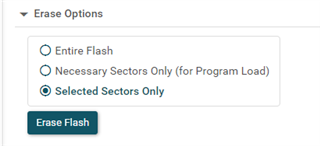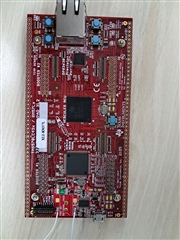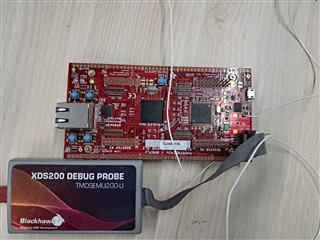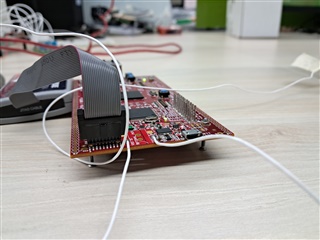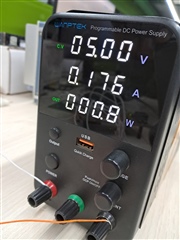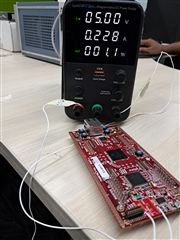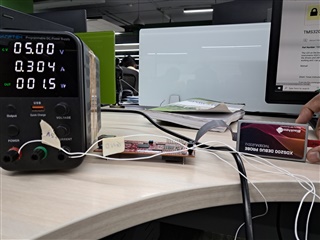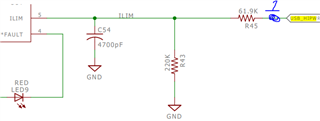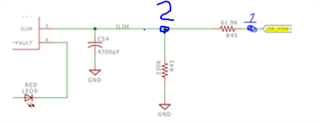Other Parts Discussed in Thread: UNIFLASH, LAUNCHXL2-RM57L, TPS2553
Hi TI Team,
I am a LAUNCHXL2-RM57L board,it was working fine but suddenly while debigging (code compressor studio)flash memory was not erasing. Showing Load program error. I have erasing the flash using uniflash but not erasing.I have used on board usb debugger xds110.
Now i am going to give external power to the board and programming using the jtag.I having xds200 debugger probe but i am not having the 20 pin connector between the board and the xds200 debugger.I want know what was the connector name,can we buy there separartly with out debugger and please provide some tips to do.
Please support us,
Thanks in Advance,
Best Regards,
A. Ajith Kumar



